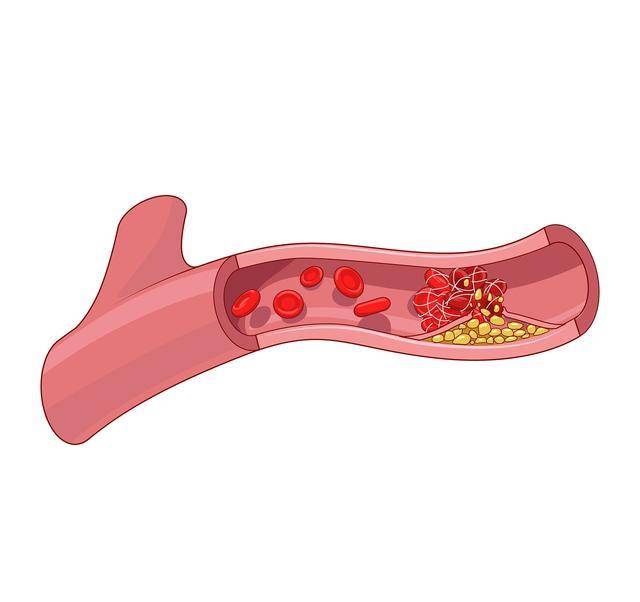Some people have blood as thick as porridge, diagnosed with hyperlipidemia through examination, and in the case of high blood lipids, it is necessary to reduce serum cholesterol and triglyceride levels through proper regulation.
Otherwise, staying in a state of high blood lipids will lead to circulatory disorders in the body, where blood, nutrients, and other substances cannot be provided to the necessary systems and organs, leading to adverse symptoms.
Those who often feel chest tightness, numbness in limbs, and dizziness should suspect high blood lipids. Also, understanding how to lower blood lipids is essential, as well as paying attention to dietary issues. Some claim that high blood lipids mean no meat consumption, is this reliable?
Not consuming meat at all does not guarantee lowering blood lipids, as there are people who are strictly vegetarian and do not eat any meat, yet their blood lipids may not decrease.
The key is to choose foods that help regulate blood lipids and provide nutrition, as meat also meets the body’s requirements for proteins, vitamins, and trace elements.
By controlling the intake of meat, opting for lean meats, one can provide nutrients without increasing blood lipids. Common choices like fish, chicken breast, beef, and lean pork can still be consumed when blood lipids are high.
If one consumes no meat at all, the body will face a state of nutritional deficiency, posing a threat to health.
How to lower blood lipids?
1. Control Diet
To lower blood lipids, it is crucial to understand other dietary points and avoid high-calorie foods.
Many overlook dietary issues and simply switch to vegetarianism to control blood lipids, assuming that meat is high in calories, leading to weight gain and difficulties in controlling high blood lipids.
Not realizing that many starchy and sugary foods still provide a significant calorie intake, leading to obesity and elevated levels of serum cholesterol and triglycerides.
Therefore, a proper dietary approach with a balanced mix of meats and vegetables, reducing the intake of high-calorie foods, is essential for effectively controlling blood lipids.
2. Rational Medication Use
When blood lipids are high, medication might be necessary for regulation, especially for those already diagnosed with hyperlipidemia, presenting thickened blood, and even at risk of diseases like strokes and heart attacks.
One should seek medical advice to assess the need for medication. Understanding the specifics of lipid-lowering medications is crucial, as only with medication assistance can the blood’s viscosity improve, preventing other health issues.
3. Active Exercise
To effectively regulate blood lipids, regular exercise is vital. Adequate physical activity promotes calorie expenditure, and most individuals with high blood lipids also exhibit obesity. Excessive fat accumulation due to obesity can lead to thickened blood. Increasing physical activity can enhance calorie expenditure, boost metabolism, improve overall blood circulation, and lessen the impact of high blood lipids. This is an effective way to assist in regulating blood lipids.


